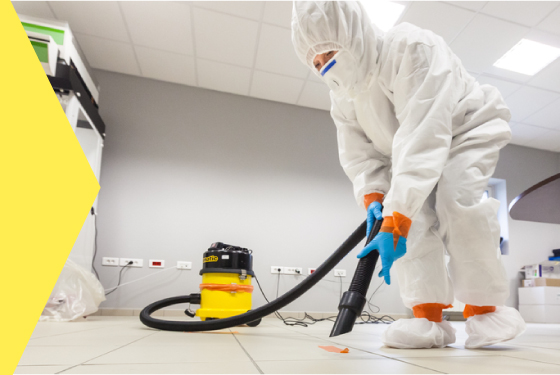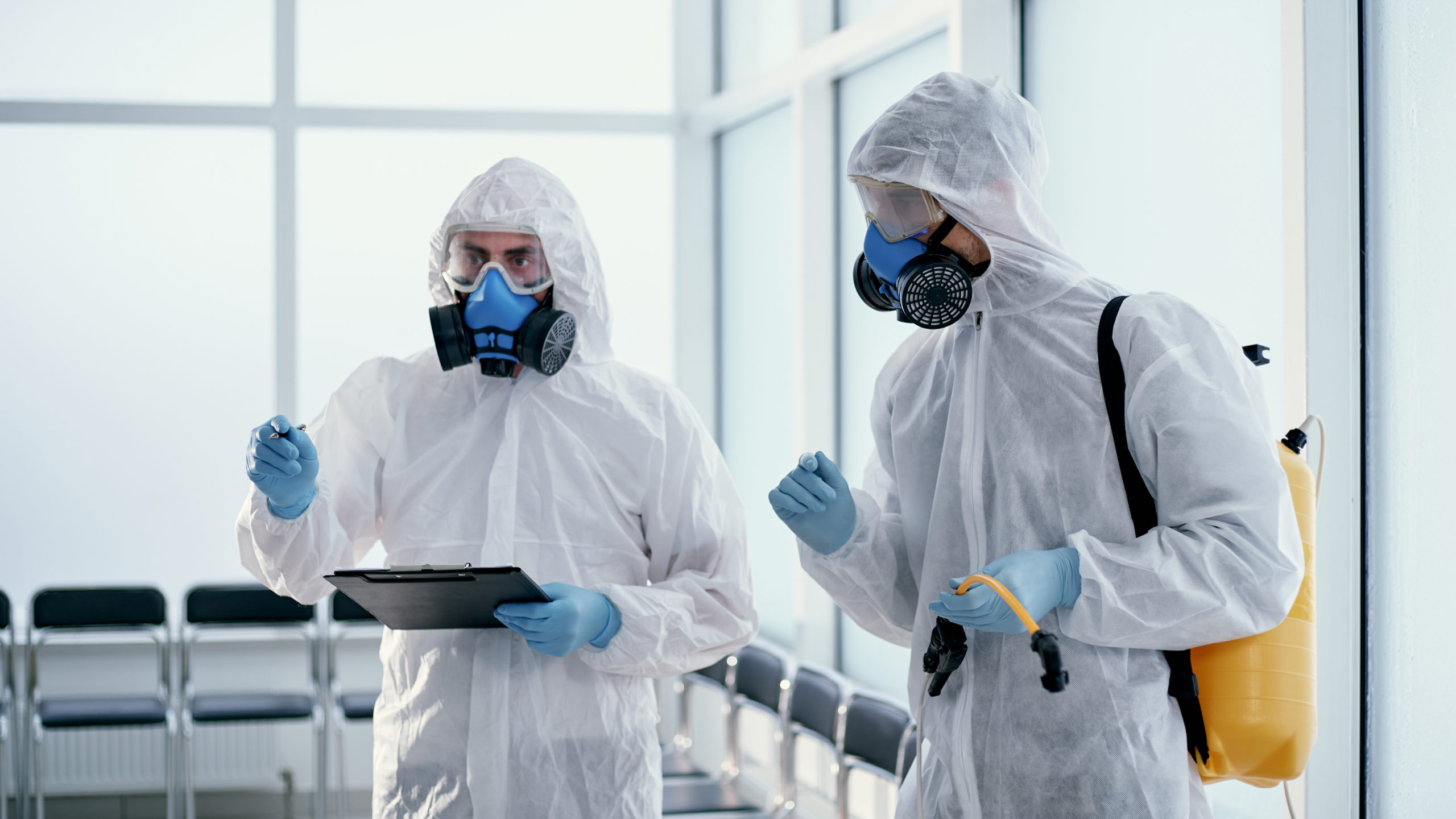Sewage Cleanup Solutions: Rapid and Safe Remediation of Contaminated Areas
Sewage Cleanup Solutions: Rapid and Safe Remediation of Contaminated Areas
Blog Article
Expert Biohazard Clean-up for Criminal Activity Scenes, Injury Incidents, and Contaminated Areas
In the world of specialist biohazard cleaning, thorough interest to detail and adherence to safety and security methods are paramount. As we dive right into the complexities of biohazard cleanup for these delicate atmospheres, a deeper understanding of the obstacles and important procedures involved will certainly emerge, losing light on the crucial function of professional cleaning solutions in bring back security and peace of mind.

Importance of Biohazard Cleaning
Biohazard cleaning complying with criminal offense scenes and injury incidents is essential for ensuring the safety and security of people and the atmosphere. When these cases happen, they commonly leave behind a selection of biohazards such as blood, physical liquids, and other potentially contagious materials. These compounds can harbor unsafe pathogens like microorganisms and viruses, presenting significant health threats if not appropriately cleansed and disinfected.
Specialist biohazard cleaning solutions are educated to deal with these hazardous products safely and effectively. They have the needed equipment, such as individual protective gear and specialized cleaning representatives, to extensively sanitize the influenced areas. By leaving the cleaning to experienced professionals, people can prevent exposure to unsafe pathogens and prevent the spread of infectious conditions.
Additionally, proper biohazard clean-up is necessary for shielding the environment. Inappropriate disposal of biohazardous materials can pollute dirt, water resources, and air, positioning a threat to wildlife and the environment. By adhering to strict cleanup protocols, experts can ensure that biohazards are safely removed and disposed of according to laws, decreasing the danger of environmental contamination.
Types of Biohazards Encountered
Different hazardous materials frequently experienced in crime scenes and injury cases existing significant health and wellness risks if not handled effectively. Blood and physical liquids are among the most typical biohazards located in these scenarios.
An additional kind of biohazard frequently experienced is sharp objects like needles, busted glass, and various other things that can trigger injuries and send infections. Chemical risks are likewise a worry, as criminal activity scenes might include materials like tear gas, pepper spray, or drug manufacturing products that require specific handling and disposal treatments to avoid additional harm.
Moreover, mold and mildew and microorganisms growth can occur in rooms where decay or extended direct exposure to moisture has taken place. These microorganisms can release toxic substances and irritants right into the air, posing respiratory dangers to those subjected. Overall, biohazard cleaning specialists must be skilled and well-appointed to successfully deal with these various types of dangerous materials to make certain the security of themselves and others.
Equipment and Protective Equipment
When addressing the critical task of handling biohazards experienced in criminal offense scenes and trauma incidents, the use of correct tools and safety equipment is paramount to guaranteeing the safety of individuals included in the cleaning process. Specialized cleaning devices like biohazard sharps, bags, and anti-bacterials containers are required for the safe collection and disposal of contaminated products. Making sure that all tools is effectively kept, routinely evaluated, and used according to safety standards is important in minimizing the danger of direct exposure to biohazards during cleaning procedures.
Clean-up Process and Techniques
Efficient and detailed cleanup of biohazardous materials from criminal offense scenes and trauma incidents calls for precise focus to detail and adherence to rigorous security procedures. The cleaning procedure generally includes a number of essential steps. Originally, the area needs to be examined to identify the degree of contamination and the proper cleansing methods required. Next, all biohazardous products, including blood, bodily fluids, and tissue residues, need to be thoroughly gotten rid of and disposed of according to neighborhood laws.
Following the elimination of biohazardous materials, the learn the facts here now damaged location undertakes a detailed cleansing and sanitation process. This action involves the usage of specialized cleaning agents and tools to make certain that all traces of contamination are removed. After cleansing, the location goes through extensive screening to confirm that it is cost-free and secure of any kind of remaining biohazards.

Purification and Disposal Procedures
To make certain extensive purification and correct disposal of biohazardous materials, complying with the precise clean-up process, details procedures have to be meticulously adhered to with strict adherence to safety and security protocols. Purification entails the elimination or neutralization of contaminants to decrease the threat of exposure and spread of harmful materials. This procedure usually consists of cleaning, sanitizing, and disinfecting the affected location utilizing specific tools and EPA-approved chemicals.
As soon as purification is finished, correct disposal of biohazardous products is crucial to avoid additional contamination or injury. Biohazardous waste, such as physical liquids or blood-soaked materials, need to be meticulously accumulated, packaged, and identified according to regulative guidelines. ATP testing. These materials are after that transported to qualified centers for disposal with suitable networks, ensuring compliance with local, state, and government guidelines

Conclusion
In conclusion, specialist biohazard clean-up is essential official site for making sure the effective and secure elimination of hazardous materials from crime scenes, trauma cases, and polluted rooms. By making use of specialized devices, safety gear, and following proper cleaning processes and methods, biohazard cleanup teams can successfully get rid of and decontaminate of biohazards, decreasing the threat of direct exposure and injury to people and the like it atmosphere.
As we delve into the complexities of biohazard cleanup for these sensitive settings, a deeper understanding of the obstacles and critical treatments included will arise, dropping light on the essential role of expert cleanup services in restoring security and tranquility of mind.
Expert biohazard clean-up solutions are educated to deal with these harmful products safely and successfully. By complying with stringent clean-up methods, professionals can make certain that biohazards are safely removed and disposed of in accordance with laws, reducing the threat of ecological contamination.
On the whole, biohazard cleanup experts should be fully equipped and qualified to efficiently deal with these various kinds of harmful materials to make certain the safety of themselves and others.
When dealing with the important task of dealing with biohazards run into in crime scenes and trauma cases, the utilization of appropriate devices and protective gear is critical to ensuring the safety and security of people included in the clean-up process.
Report this page